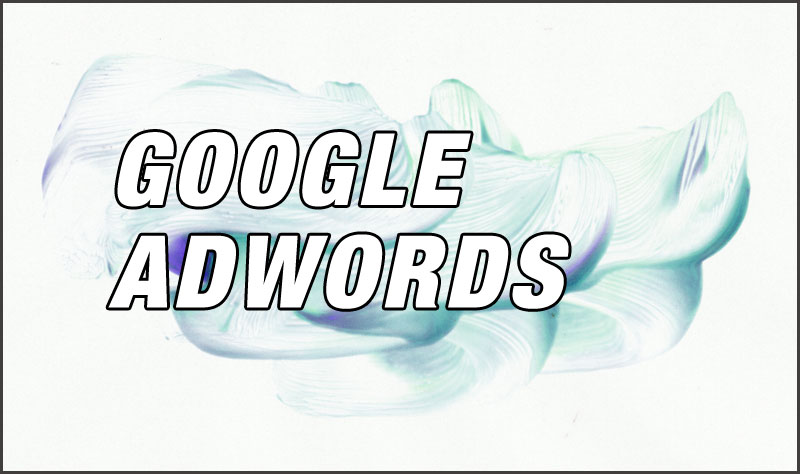In the world of Pay Per Click (PPC) advertising, there’s no doubt that Google AdWords is king. Nearly 70% of all search traffic goes through Google, giving them the ideal opportunity to sell ad space on their site and become the leader in PPC. AdWords works on a bidding system, matching up user search terms with advertisers who are bidding to have their ads displayed for those particular relevant keywords. Because of the bid system, advertisers are able to get their ads to display for the lowest possible bid prices, making AdWords a very appealing method of reaching the consumer.
Putting Together AdWords
On the surface level, putting together copy for AdWords is very simple – you are allowed three lines of text to “make your pitch” to your potential audience. Coming up with those short lines of text, however, is quite involved. First, advertisers must spend time doing keyword research, to figure out which keywords are relevant for their ads, and to decide which keywords they want to focus on. Google provides some good tools, like the Keyword Planner tool, to help with this research.
Once keywords are chosen, the AdWords copy must be written to match these keywords. At the next level, a vital but easily overlooked step, is that then the content on the landing pages must also be matched to the keywords. The greater the relevance and similarity between keywords, ad text, and landing page text, the higher quality score Google will award your ads. Ads with higher quality scores make better ads, and therefore have the higher chance of being displayed in better locations on your search results page. The high quality score also saves the advertiser money, because those high scores mean that lower bids will still land the ads in prime locations on the results page.
The results of Google’s AdWords system are several: people are shown ads which are highly relevant to what they are searching for, advertisers are able to connect with potential customers at the lowest expense for them, and Google is making billions in profit.
A Little More Technical
When you get into AdWords, there are a few other things that are good to know. Ads are organized into campaigns, ad groups, and then the ads themselves. There are two main types of ad campaigns: Search and Display. A Search campaign will display ads next to Google search results. A Display ad campaign will show ads on other websites that have space set aside for displaying Google ads. Google recommends that you split up your budget, with about 70% going for Search, and 30% for Display. Each ad group can then have multiple ads in it, and it’s good to have 3-4 different ads in each group so that Google can analyze each one and see which has the highest quality score.
AdWords is a huge player in online advertising today, and its potential is truly only beginning to be tapped. Getting in on the action early will mean that you can learn the technology and methodology from the beginning, learning and growing and changing with AdWords. This will also leave you positioned to take greatest advantage as each new phase of advertising potential is uncovered and unleashed.





